Mystery Chinese Satellite Network Is Already Impacting Earth
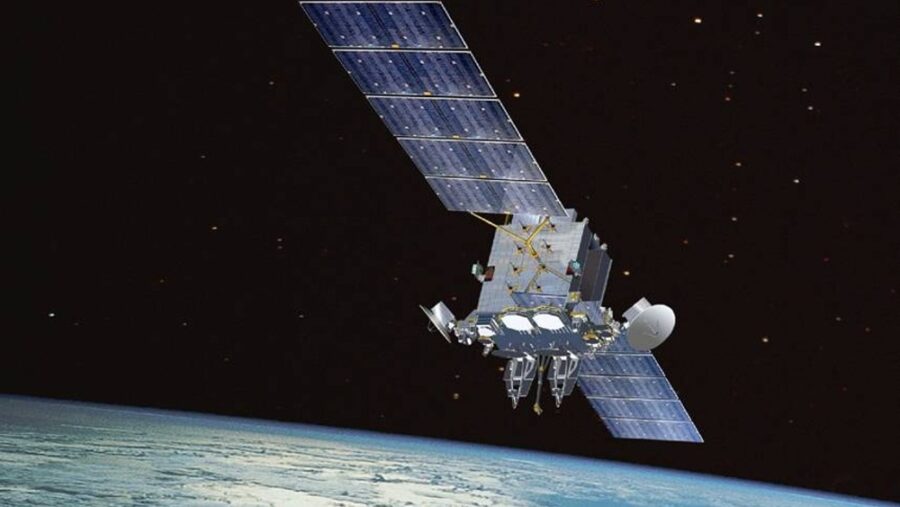
Light pollution from sources on the surface of the Earth are major obstructions for layperson astronomers and stargazers who are unable to see past the glow of streetlights, lit high-rises, and other sources of illumination. But China’s expansive satellite system is proving that human-made light pollution is just as capable of ruining observations from their position well into the planet’s orbit. The Asian nation’s Qianfan program has orbiting bodies that glow so brightly that they are beginning to interfere with nighttime observations.
China’s Satellite Launching Initiative
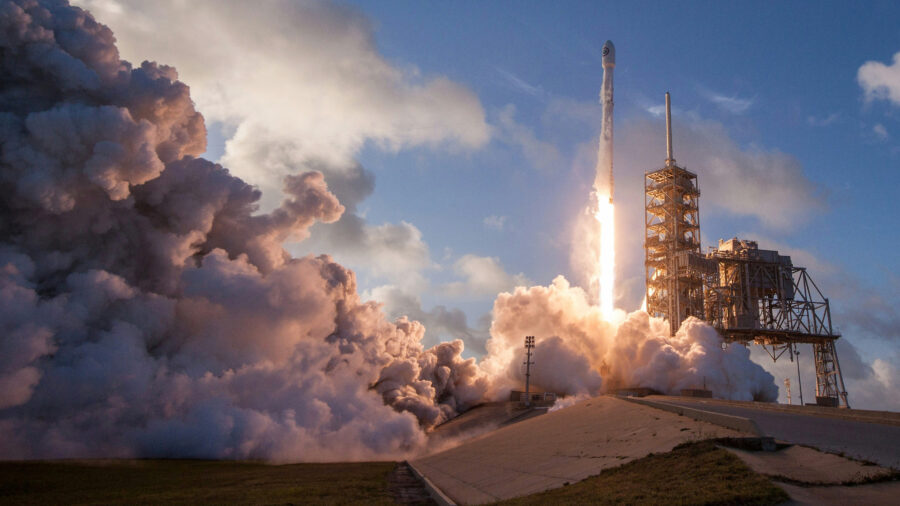
The Chinese satellite program in question was launched in August and represents the first of many more that will be launched into the sky over the next several years. Known in English as “Thousand Sails,” Qianfan was conceived to be a “mega constellation” of satellites that will serve China as part of a vast communication network. The small spacecraft were constructed by Shanghai Spacecom Satellite Technology, and is reported to be the Far East’s answer to the United States-based SpaceX Starlink satellites.
Competing With SpaceX?
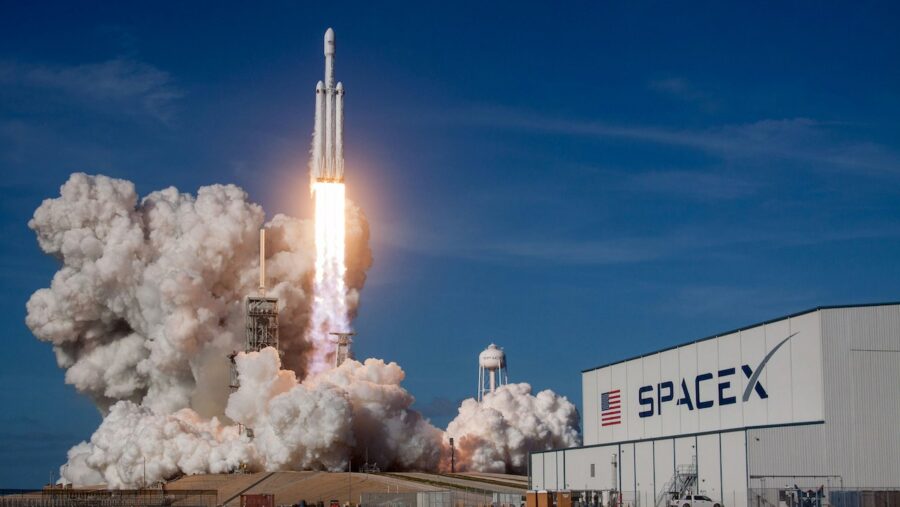
Starlink’s purpose is to help link a high-speed internet network that circles the planet. Whether or not the Chinese government’s intention of launching these objects is to compete with SpaceX or simply mirror it is not known, as its government has kept many details about the Qianfan program hush. But the state-run media in China did report that the program is designed to have an estimated 15,000 of these satellites orbiting the Earth by the year 2030.
The Concerns
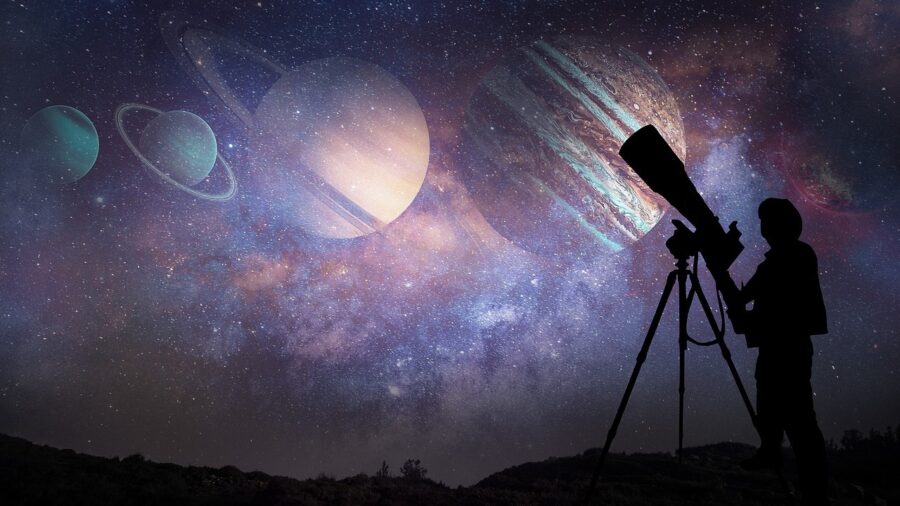
The Chinese satellites that are currently orbiting the Earth are already bright enough to blot out some views of the night sky. With reports revealing that future satellites will be even brighter than the existing ones, some astronomers are growing concerned. In addition to the increase in light pollution, some experts worry that the Chinese spacecraft’s brightness and relatively low orbit will interfere with radio astronomy.
The Chinese satellites that will be launched in the immediate future are said to be scheduled with an even lower altitude, greatly increasing their brightness in the night sky. Already visible to the naked eye from the Earth, the future pieces of Qianfan that will be sent into orbit could be one to two magnitudes brighter and effectively create the need for the amateur astronomer to make significant mitigations to the new levels of light.
How Space X Reduced Light Pollution
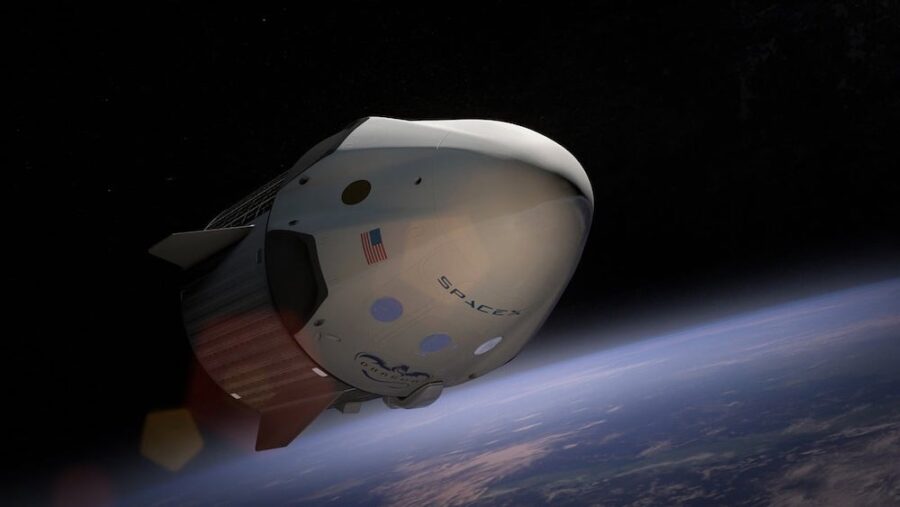
To be fair, the first run of SpaceX satellites faced the same criticism. The company made adjustments in time for the launch of its second generation of satellites, which included internal mirrors that reduced the light reflected off of the orbiting bodies.
More Chance Of Space Collisions
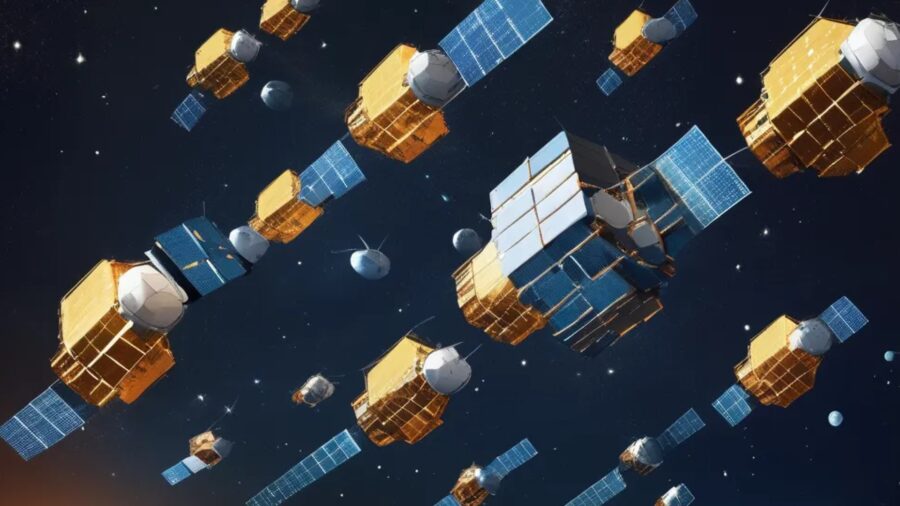
Additionally, the Chinese satellites will eventually form a mega constellation, a cluster of orbiting spacecraft that scientists warn will increase the chances of collisions and orbiting debris. This puts future space travelers at higher risk as well as posing a threat to damage billion-dollar space missions.
With the Chinese satellite program still in its infancy stages, the issues that could arise from it may well be limited to the light pollution created.
Sources: Instrumentation and Methods for Astrophysics













Login with Google